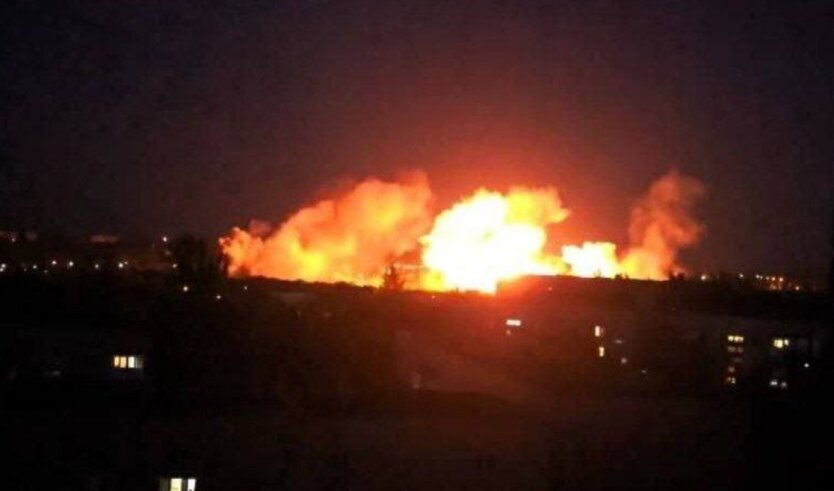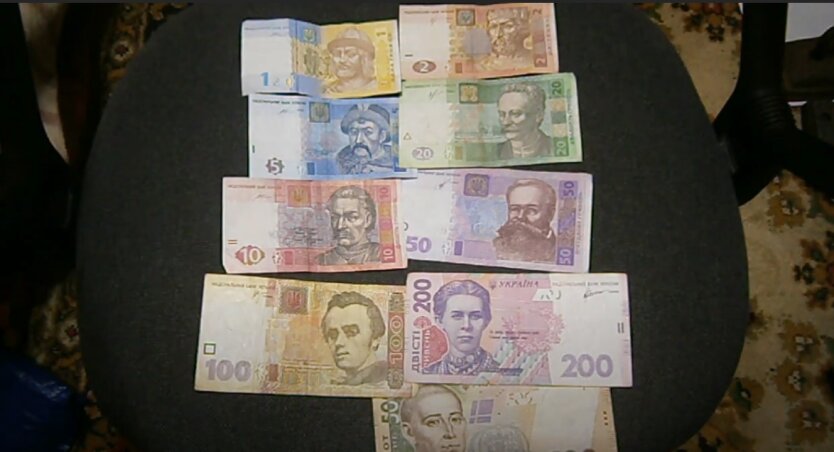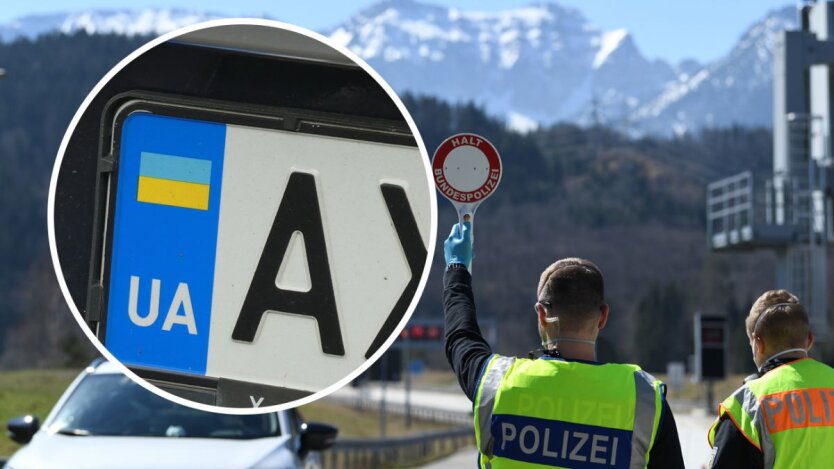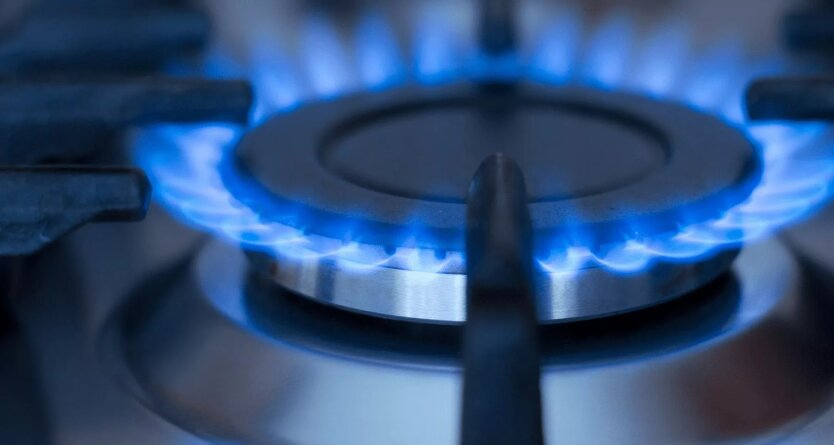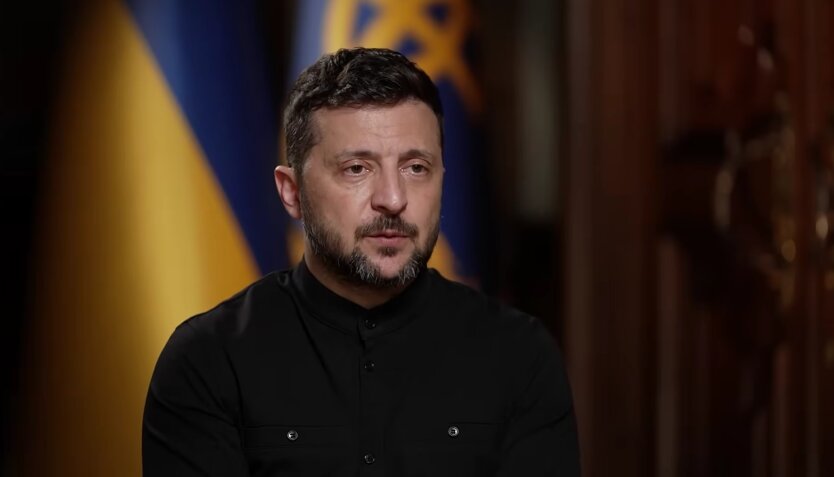The EU will introduce the EES system in the Schengen area: entry rules will change.

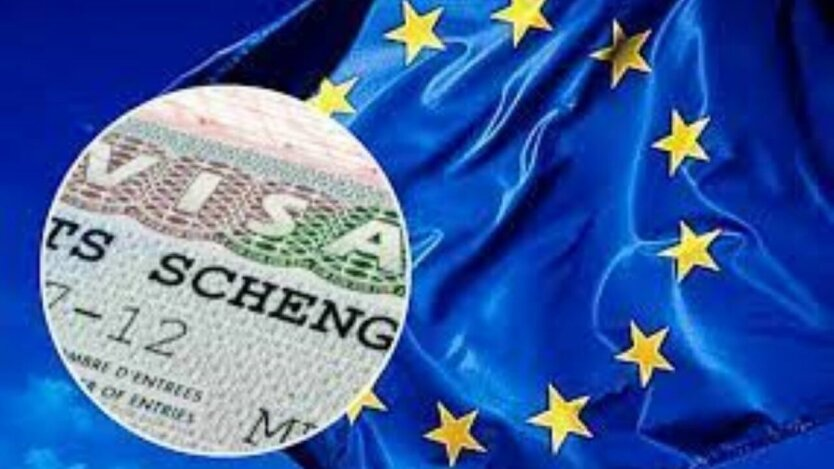
The European Union introduces a new entry and exit registration system at its borders
On November 10, 2024, the European Union plans to implement a new automated entry and exit registration system (EES) at the external borders of the Schengen area. This innovative system is designed to replace the traditional manual stamping of passports of third-country nationals and significantly enhance the security of the bloc's borders.
This is reported by Euronews.
EES will apply to all travelers from countries outside the EU, regardless of whether they have a visa to enter the Schengen area. When crossing the border, tourists will use self-service terminals to scan their passports or other travel documents. The system will record the name, biometric data, as well as the date and place of entry and exit of each traveler.
It is important to note that biometric data, including face scans and fingerprints, will be taken once every three years and will be valid for multiple trips during this period. The new system does not apply to residents of EU countries and holders of long-term visas.
Schengen visa / Photo: nbnews.com.ua
EES will operate in all EU countries, except Cyprus and Ireland, where the traditional stamping procedure will be maintained. In addition, the system will be applied in four Schengen area states that are not part of the EU: Iceland, Liechtenstein, Norway, and Switzerland.
The main goal of implementing EES is to enhance border security and effectively detect cases of exceeding the allowable stay in the Schengen area, which is 90 days within a 180-day period.
The development of EES started after the UK's exit from the EU and was initially planned to launch in 2022. However, the system's start has been repeatedly postponed due to technical problems and delays in installing the necessary equipment at international land, sea, and air borders of the Schengen area.
Read also
- UN investigation confirmed Russia's guilt in the terrorist attack in Olenivka in 2022
- The Defense Forces struck the occupied Donetsk and Luhansk: video
- The old 5-hryvnia banknote brought 17 thousand: which banknotes are worth crazy money
- Fines for drivers and confiscation of cars: Germany has tightened rules for Ukrainians
- July gas tariffs have already been set: who will pay significantly more
- Zelensky on drone production, sanctions against Russia and Ukraine's path to NATO: main points from the address


